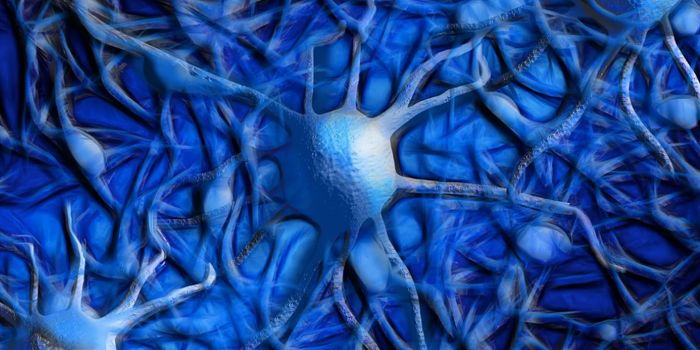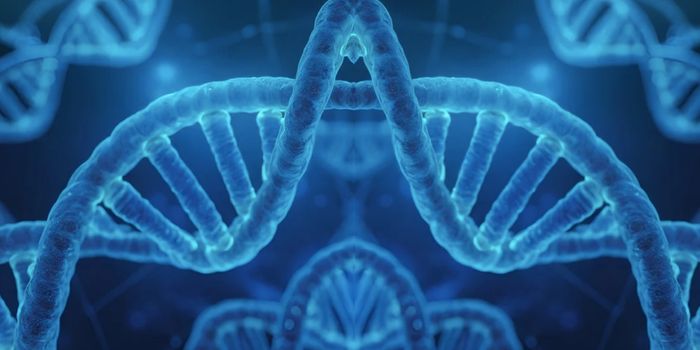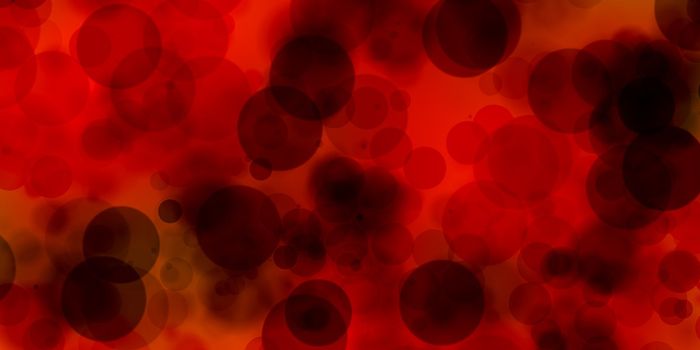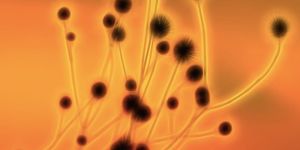A Totally Synthetic Microbiome is Designed & Built
In recent years, a mountain of evidence has revealed the significance of the human gut microbiome - a community of bacteria, viruses, fungi, and other microbes that can have a powerful influence on the human body. That influence extends far beyond the gut, to impact many organs including our brains, and they affect how we metabolize drugs, how we respond to cancer treatment, and our risk of some diseases, for some examples. But the gut microbiome can vary significantly from one individual to another, and the many species that live within the microbiome make studying it very challenging. As such, researchers are still learning about what a healthy microbiome is made of, the molecules those microbes generate, and how they work with the cells and molecules of the host.
Scientists have now created a complex microbiome, which consists of over 100 species of bacteria. They were able to successfully transplant the synthetic microbiome into a mouse model, where it established a colony. Being able to selectively add or remove specific microbes will enable scientists to learn more about how individual microbes in the microbiome are linked to human health or disease, and how microbes might be used to treat or prevent disease.
Fecal transplants are often used in microbiome studies. They can show that when fecal microbes from one set of mice, or human patients, often with some disorder, are transplanted into mice without their own microbiome (so-called germ-free mice), the disease goes with those microbes. But there is no way to remove specific microorganisms from a fecal sample. Individual bacterial species in a fecal sample also cannot be altered.
In this study, the researchers set out to create a modifiable microbiome from scratch. They used the Human Microbiome Project (HMP), a project from the National Institutes of Health that aimed to sequence the genomes of all the microbes carried by over 300 adults. The researchers selected the most prevalent bacteria from that catalog, and settled on over 100 strains that were found in 20 percent or more of the individuals in the HMP. They also added a few more that they were interested in, bringing the total to 104 species. The microbes were combined into a culture the researchers named hCom1. The work has been reported in Cell.
The microbial mixture was able to live in harmony, so the researchers made sure it would survive the mouse gut and make a home there. Germ-free mice were exposed to hCom1, which turned out to be very stable in the mouse guts. The researchers determined that 98 percent of the microbes colonized the mouse guts, and the levels of the microbes remained consistent over a two month period.
Next, the researchers introduced a totally different and complete human fecal sample to the mice. But hCom1 stood strong, and was not supplanted by the new microbes. Over time, only about 10 percent of the newly introduced microbes from the human fecal sample remained in the final mouse microbiome.
The scientists added those newly introduced microbes that had made a home within hCom1, and removed those that had not taken hold. This next iteration of the artificial microbiome contained 119 strains, and was dubbed hCom2. It was even more robust in a mouse model.
When mice carrying the hCom2 microbiome were exposed to pathogenic E. coli, the mouse guts resisted infection. While other studies have shown that a healthy microbiome can tamp down infection, the researchers in this work were able to alter the microbiome, removing individual species to find those that were protecting against infection. Several key species were identified, and more work will be conducted to reveal the most important and protective bacteria.
This effort could continue to have an impact. "We built this consortium for the broader research community. We want to get this into as many hands as possible to have an impact on the field," said corresponding study author Michael Fischbach, Institute Scholar at Sarafan ChEM-H and director of the Stanford Microbiome Therapies Initiative (MITI).
Sources: Stanford University, Cell









